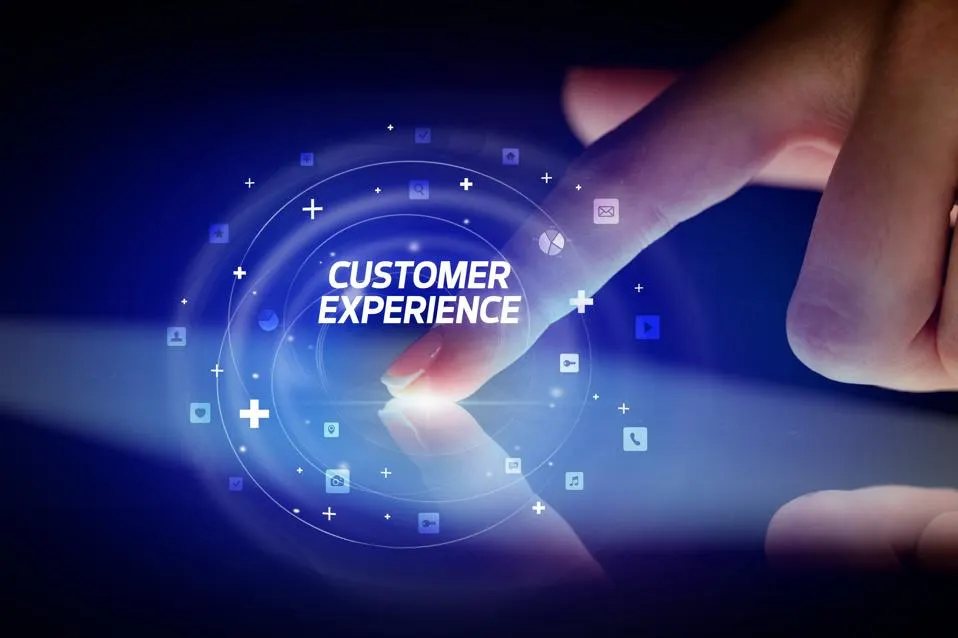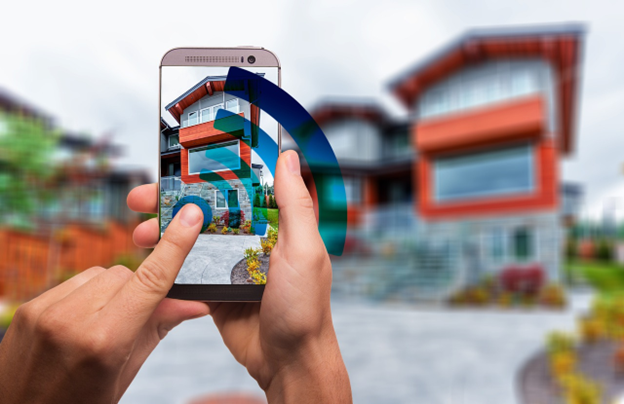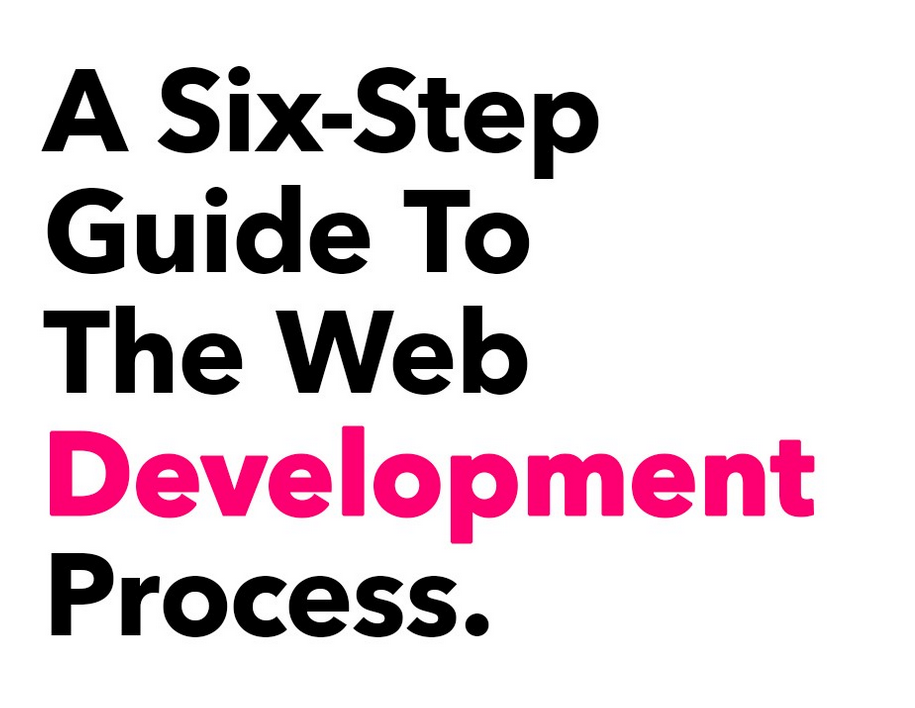Many companies have already recognized the importance of a seamless user experience (UX) and customer experience (CX) in order to forge close relationships with their customers. Perhaps surprisingly, the Internet of Things (IoT) can be used to help companies achieve both of these goals. Let’s look at some of the roles that the IoT can play when creating customer-first products and processes.
Optimized Inventory Management and Order Fulfillment
The IoT has revolutionized logistics, becoming the first touchpoint in enhancing the overall user experience. Through interconnected sensors and devices, businesses can now gain real-time visibility into their supply chains, enabling accurate tracking of inventory levels and demand fluctuations. This heightened transparency not only minimizes the risk of stockouts or overstocks but also facilitates predictive analytics, empowering organizations to proactively adjust for market trends or supply issues.
As a result of this optimization, order fulfillment processes become more agile and efficient, ensuring timely deliveries and reducing the likelihood of customer dissatisfaction. This seamless integration of IoT technology into inventory management streamlines operations. And it improves CX, as customers appreciate reliable and prompt access to the products and services they desire. Having a well-run fulfillment process allows you to satisfy your buyers at all stages of the customer journey.
Automation also plays a role here, as it leads to increased profits and decreased risk. Supply chain management tools can use analytics to keep an automated eye on all aspects of supply chain operations. This way, you can disseminate products to consumers at the lowest cost possible while still making fast and efficient deliveries. Risk management with these tools involves notifying you of delays and shortages and automatically adjusting routes and restock notifications. Some of the IoT tools used for this include:
- Barcode scanners;
- Radio-frequency identification (RFID);
- Transportation management systems (TMS);
- Warehouse execution systems (WES);
- Warehouse management systems (WMS).
These tools are usually used in conjunction with each other and are all connected to a central platform to keep track of all the logistics. The use of IoT here ultimately ends in a better customer experience.
Automated Customer Support
Products and processes can be streamlined perfectly, but customers often need a touchpoint at the company to go to for any comments, questions, or complaints. Luckily, the IoT can also help automate this process to enhance CX and UX. Through the integration of smart devices and sensors, you can deploy proactive monitoring and diagnostics, enabling the identification and resolution of potential issues before customers even become aware of them.
This predictive approach minimizes downtime and service disruptions, fostering an uninterrupted UX. Further, data-driven automation enables you to deliver personalized customer support, as the IoT devices can collect and analyze data about user preferences and behaviors. This wealth of information allows for more efficient issue resolution and the delivery of tailored solutions, ultimately creating a customer support ecosystem that is not only responsive but anticipatory. This attention to detail is made possible by the IoT and only increases the level of user satisfaction and loyalty.
IoT Testing and Analysis
The IoT can play a huge role in testing and analysis at every stage of product development and deployment. Whether your product is an IoT device or something completely different, the IoT can use interconnected devices to track varying aspects of your product or service. This all comes together to help you deliver the best version that will satisfy your consumers in the end.
Streamline Product Testing
Robust testing and analysis play a pivotal role in ensuring the reliability and functionality of your products before they hit the market. The IoT is a powerful tool in the testing process, as connected devices facilitate automated testing, data collection, and analysis. This allows developers to assess the scalability, security, and overall resilience of products. By leveraging IoT for testing, you can preemptively address issues, optimize functionality, and enhance the overall quality of your offerings. This ensures a smoother and more reliable UX upon product launch.
Moreover, IoT testing of IoT products involves a comprehensive examination of interconnected devices, networks, and the data they generate to identify potential vulnerabilities and performance bottlenecks. Through simulated environments, these tests can replicate real-world scenarios, enabling a thorough evaluation of the product’s responsiveness and interoperability.
Reduce Human Error
When relying on automated data collection and analysis, there is far less room for error. Traditional testing relies on manual monitoring and data entry. This can introduce inconsistencies and oversights in your testing process. However, the integration of IoT devices and sensors allows for automated data collection and analysis, minimizing human intervention and potential mistakes.
IoT-enabled testing environments provide real-time insights into product performance, allowing for more accurate and comprehensive assessments. Automated processes enhance precision, repeatability, and reliability, which are important for proper, scientific testing and transparency in reporting to users. The chance that biases play a part in testing is also reduced. This tech not only improves the efficiency of testing procedures but also contributes to the overall quality and reliability of products, resulting in a better UX all around.
Adjust for User Preferences
Even after the testing phase, the IoT still comes into play to enhance UX. Data collected from users can help you continuously understand and adapt to user preferences even after the initial deployment of a product or service. Through interconnected devices and sensors, IoT systems are able to gather real-time data on user behaviors, interactions, and preferences. This can give you profound insights into how your products and services are utilized in the real world.
Leveraging this data, you can implement agile adjustments and updates to align with evolving user preferences. Whether it’s fine-tuning features, optimizing user interfaces, or personalizing experiences based on individual behaviors, the adaptability offered by IoT-driven analytics ensures that products and services remain in sync with your user expectations. This iterative approach not only enhances UX but also lets you stay responsive and relevant in any industry with rapidly evolving tech.
- User Experience in Rural Agriculture: Balancing Tradition and Innovation - June 4, 2024
- Nurturing UX-Centric Culture in Your Tech Startup - May 7, 2024
- Exploring the Connections Between Sustainability and UX Design - March 19, 2024
![]() Give feedback about this article
Give feedback about this article
Were sorry to hear about that, give us a chance to improve.








